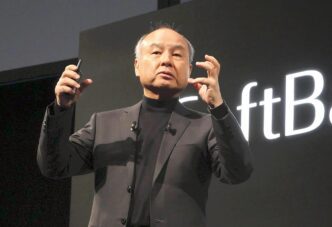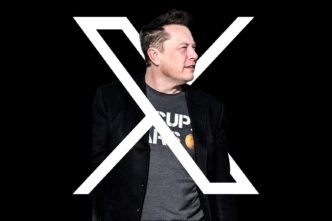General Motors (GM) is deepening its relationship with Nvidia in a wide-reaching deal that brings artificial intelligence into nearly every corner of the automaker’s operations—from factory floors to future vehicles.
Announced during Nvidia CEO Jensen Huang’s keynote at GTC 2025 in San Jose, the collaboration reflects GM’s ambitious push to integrate AI across manufacturing, design, and in-vehicle systems.
“The time for autonomous vehicles has arrived,” Huang declared. “We’re excited to help GM revolutionize how they build cars, design them, and bring AI inside the car itself.”
As part of the expanded agreement, Nvidia will supply its AI infrastructure, including powerful GPUs, to help GM develop its own custom AI models. This move marks a shift from traditional supplier relationships—GM will now use Nvidia’s tools not just for vehicle systems, but to reimagine its entire manufacturing and design process.
Using Nvidia Omniverse and Cosmos, GM plans to create digital twins of its factories and assembly lines. This virtual environment allows GM to test new production techniques without slowing down or disrupting real-world operations. The goal is to optimize everything from material handling robots to precision welding—training AI models to improve accuracy and efficiency.
Huang emphasized that Nvidia’s role spans the entire AI stack. “We build the training computers, simulation computers, and robotics computers—the full software stack, models, and algorithms,” he explained. “That’s what we’re bringing to the auto industry.”
On the road, GM will integrate Nvidia’s Drive AGX platform into future vehicle hardware. This technology powers advanced driver-assistance systems (ADAS) and enhances in-cabin safety features, taking systems like GM’s Super Cruise to new levels of hands-free driving capability.
Although GM recently scaled back its investment in robotaxi development, the company is now channeling those resources into advancing personal autonomous driving technology. GM plans to merge its self-driving subsidiary Cruise with its broader driver-assist initiatives, positioning the Nvidia partnership as central to that shift.
GM has worked with Nvidia for years, using its GPUs to train AI models for vehicle simulations and system validation. This latest expansion deepens the partnership, tapping Nvidia’s AI muscle not just for cars, but to transform factory design, robotics, and enterprise operations.
While GM didn’t disclose the deal’s financial details, the scope signals a major step toward embedding AI throughout the automaker’s entire ecosystem—from the factory floor to the driver’s seat.
With competitors like Toyota also leaning on Nvidia’s Drive platform, GM’s move shows how deeply AI is shaping the auto industry’s future, not just in self-driving ambitions but in how cars get built and designed.













